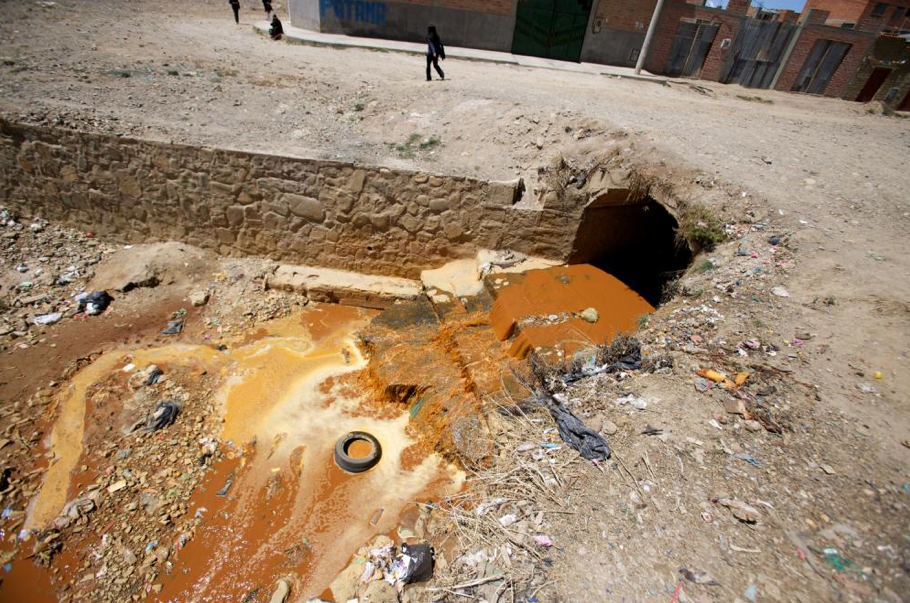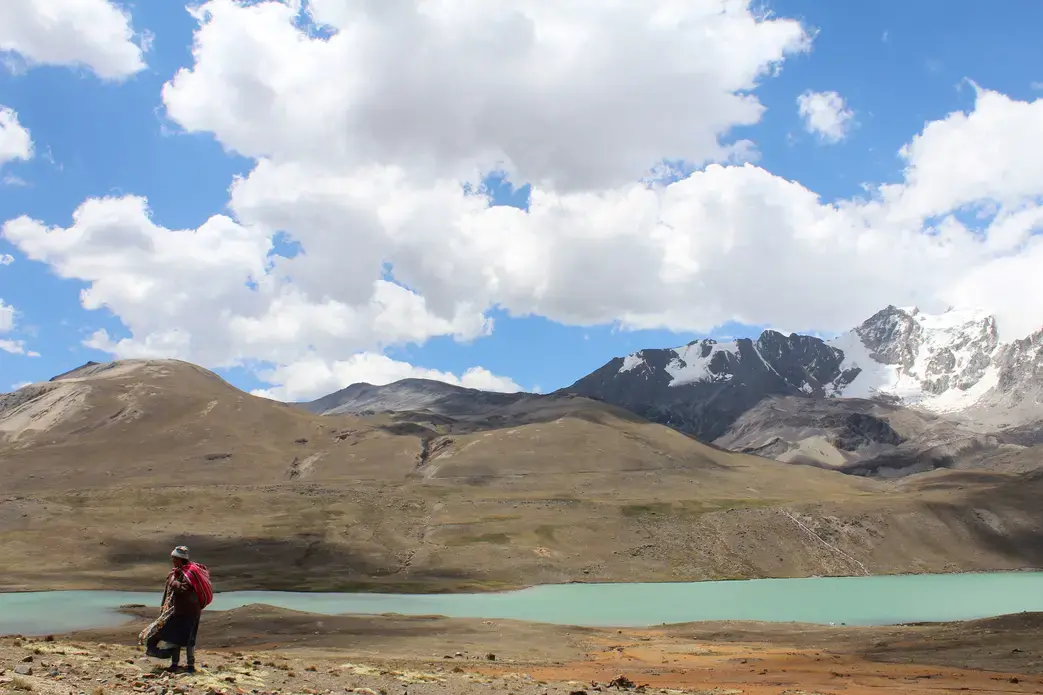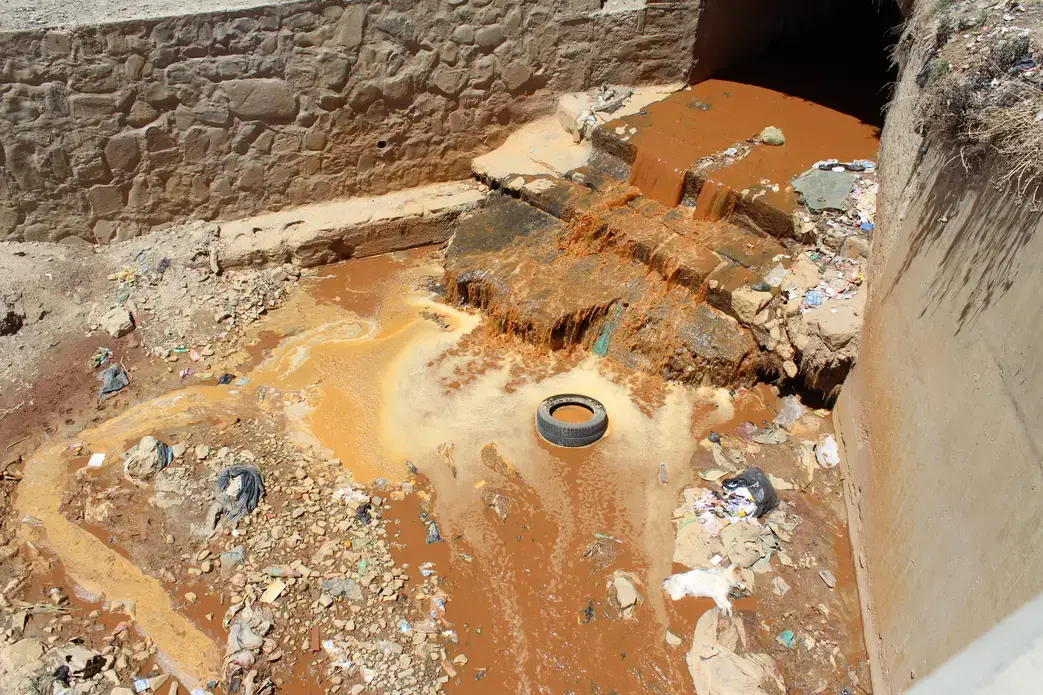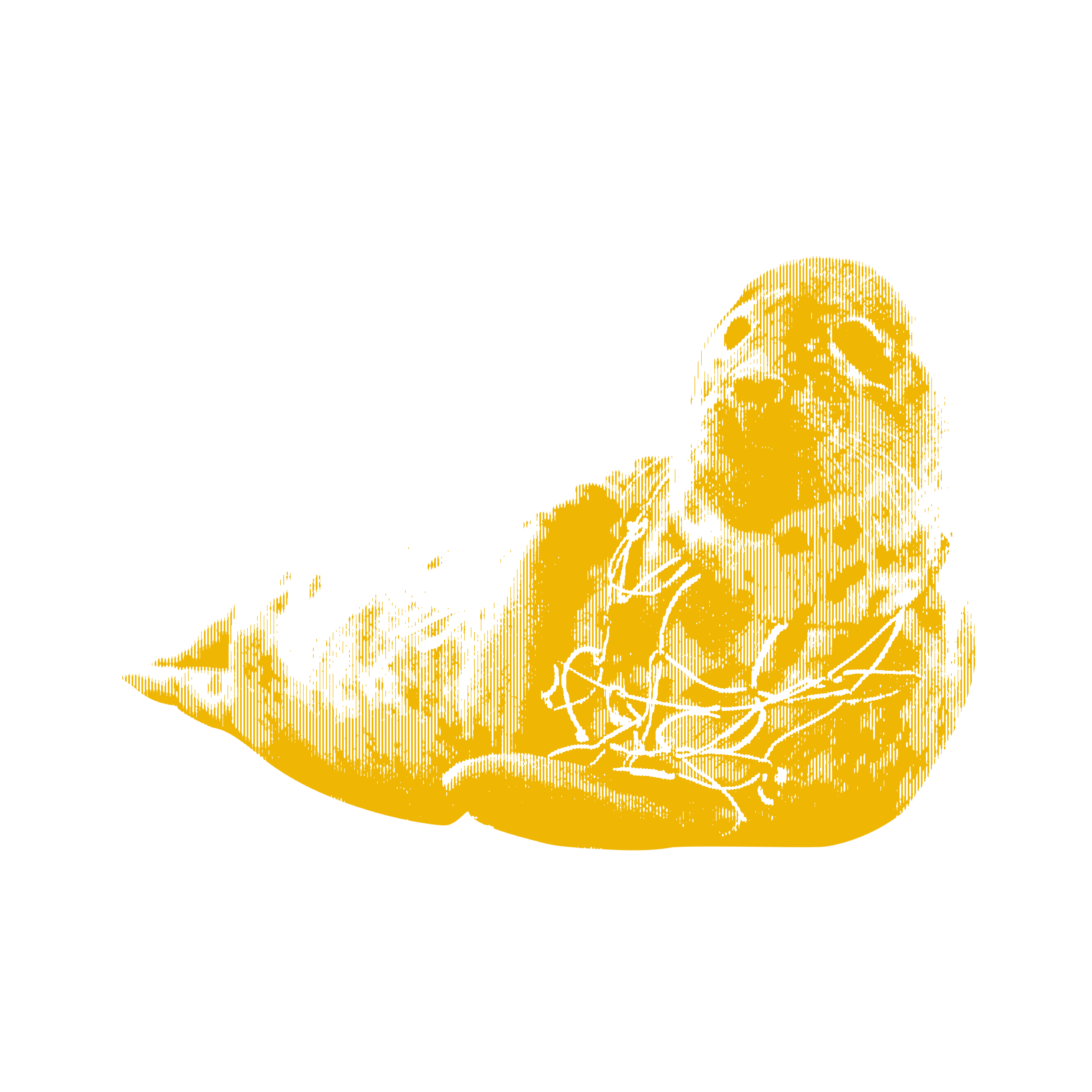Brown, rolling plains that seem to stretch on to eternity are suddenly broken by the brilliant blue of Lake Titicaca. The lake, which sits on the border between Peru and Bolivia, has supported indigenous farming and fishing communities for thousands of years. But what was once a sacred place to the Inca is now in danger from pollution, as population growth in the Titicaca watershed overwhelms the area's infrastructure.
The most famous creation stories in this part of the world come from the Inca, the last indigenous culture to control the region before the Spanish arrived in the 1500s. Those stories say the god Viracocha rose from the waters of Lake Titicaca. Some say Viracocha created mankind, while others say he made the first Inca, Manco Capac and Mama Ocllo. The lake is still considered a sacred place, and honored with a pilgrimage that draws thousands of people each year to a church on the lakeshore in Copacabana, Bolivia.
The New Urban Landscape
Over the past decade Aymara Indian farmers from all over Bolivia's high plains were drawn to the city of El Alto in search of education and employment. But as the population of that city has recently grown to more than one million people, it scrambles to provide basic services with a budget that is always stretched thin. Many Bolivian cities do not treat much of their used water, but what makes El Alto important is that its wastewater ends up in Lake Titicaca, just 40 miles away.
About 80 percent of the people in El Alto have access to potable water, but at best just 50 percent of its homes and businesses connect via sewers to the city's only wastewater treatment plant. The rest of the water goes directly into rivers, which now display a sickly rainbow of colors—red with blood from slaughterhouses, green with chemicals from tanneries, and a deep orange from mineral processing waste. Their banks are lined with trash—from tires to bottles to dead dogs—and the rivers are also toilets for many people who don't have bathrooms in their homes.
"The water keeps getting dirtier," says 17-year-old Susi Mamani from El Alto as she walks along a bank of the Seco River. She says that for many households the river is the closest and easiest way to dispose of trash, especially when garbage trucks fail to collect it week after week. "I hope we can clean the water and learn not to throw our trash in the rivers," she says. "I want to see them cleaner, with more plants."
Dirty water and piles of trash can have deadly results. Children playing along the riverbanks and families picking through the piles of garbage are exposed to chemicals and feces; many people here carry harmful intestinal parasites and thousands of children die each year from diarrhea related to inadequate sanitation.
Budgets Stretched Thin
"There is no complete and structured treatment of wastewater," says Marco Ribera Arismendi of the Environmental Defense League in La Paz, which monitors pollution in El Alto and the lake. "The things governments have done so far are like giving an aspirin to someone who has been shot."
A second wastewater treatment plant for the city, which will rely largely on international funds for completion, is planned. But that addition may not be enough to deal with industrial pollutants. "Most of the medium and small businesses are dispersed through the city, and plastic, paint, detergents and metals from factories go into the rivers and then the lake," says Ribera Arismendi. What El Alto really needs, he adds, is an industrial park that would group all the factories in one area and a water-treatment plant that can remove metals and chemicals.
El Alto's budget depends on Bolivia's central government and gains very little from local taxes. Edgar Patana Ticona, El Alto's mayor, says that wastewater treatment often takes a backseat to necessities such as potable water, schools and health centers. When the city does try to enforce environmental laws, he says it is often met with insurmountable resistance from people trying to maintain their livelihoods. "If we monitor a specific business then the people who work there, the owner and all the neighbors begin to protest," he says. "And not so that we enforce the rules—but so the business can continue operating."
Trouble Downstream
The Pallina River is one of several in the network that connects El Alto to Lake Titicaca. Rigoberto Rios Miranda, an Aymara farmer, has lived on its banks for more than 60 years. "When I was a child the Pallina River was clean, the water was crystalline. About 15 or 20 years back they contaminated it. There were fish here—then one day waters came—I don't know from where, but all the fish were dead," he says.
Rios Miranda, like many farmers, is digging wells on his property after deciding that it was not safe to have livestock drink from the river. The Pallina soon meets the Katari River, the last step on the journey to the lake. Policarpio Lopez is an Aymara dairy farmer whose land sits close to the Katari on a broad floodplain on the edge of Lake Titicaca. Every year when the rains come the Katari runs strong toward the lake, and the waters that inundate his land bring a tide of trash.
"In this pasture we can find every kind of garbage. Plastic bottles, cosmetics, radios, televisions, dolls, basketballs, volleyballs, sandals and clothes," he says, looking out over his land. Every year brings more, and his only defense is to collect it.
Fishermen are also affected. Lake Titicaca's shallow shore water is a breeding ground for several species of fish that locals depend on for their livelihood. Donato Corani is from Suriqui, an island in Titicaca a few miles from where the Katari River enters the lake. "Pollution has changed the fish in many ways," he says. According to Corani, young fish that formerly grew to maturity in warm shore waters have migrated deeper into the lake, resulting in diminished population and size. Corani says pollution, combined with serious overfishing, has pushed many former fishermen to migrate to cities in search of work.
A Multifaceted Problem
Though El Alto is creating a problem in Lake Titicaca, it is not the only source of water pollution there. Smaller towns also lack wastewater treatment plants, while some Peruvian gold-mining operations use a smelting process that releases mercury into rivers that lead to the lake. Even the cattle that graze along the shore affect the water, as their manure loads it with excess nutrients. Those help a plant called duckweed to proliferate, that in turn blocks sunlight and sucks up oxygen other aquatic species need to survive.
Tourism is another challenge for Lake Titicaca. National and international visitors bring in money that improves the standard of living in the impoverished region, but also means towns with poor sewage treatment facilities take in large influxes of visitors. Grover Rivera Ballesteros, an engineer and instructor at Bolivia's Universidad Mayor de San Andrés, says constructing treatment plants for those communities is more complicated than it might seem.
"Water treatment plants must be in accordance with local conditions, because people from the town are going to operate them, and the people from the community have to pay for the maintenance," he says. "If I build a plant that isn't in accordance with those needs, then it may function well but later go to pieces."
The Search for Solutions
Lake Titicaca is bigger than the state of Delaware. That size makes it resilient, and most of the lake's water is still clean. Yet the presence of distant clean waters is cold comfort to people in riverside or shoreline communities who see their livelihoods affected.
There are many small projects underway to help people living in the Lake Titicaca watershed. One organization, Fundación Sumaj Huasi, helps people without sewer service build ecological toilets. Another project helps dairy farmers maintain healthy herds of cows and build compost centers where, instead of washing into the lake, manure is collected and later sold as fertilizer.
Despite the successes of these and other projects, there is a powerful feeling downstream that unless El Alto makes a big move to treat its wastewater nothing will change. People say that laws are passed and promises made, but nothing happens. For instance, in 2004 the government of then-president Carlos Mesa passed a law declaring four rivers, including the Pallina, environmental disaster zones. When action didn't follow the law, people who live near the Pallina blocked a key highway leading toward Bolivia's capital and demanded a cleaner river. Although the protest called attention to the issue of pollution, the Pallina remains a foamy, opaque green.
Rivera Ballesteros, the engineer, says better cooperation between organizations working on water pollution and trash collection would be a step in the right direction. "There are institutions doing this kind of work, but it would be good to have more coordination, to work together, form teams and join forces," he says.
Rocio Butron, who works for the municipality of Pucarani, Bolivia agrees that more cooperation is essential. She says local governments often lack the trained staff to take on large environmental projects, and, as in El Alto, key issues such as health care and education take precedence over sanitation in the municipal budget. "There should be a bigger push from the central government and the departmental government to tackle these issue and get the municipalities involved to contribute," she says.
Butron hopes that leaders and projects from all the affected areas stretching from El Alto down to Lake Titicaca will meet and hammer out an overarching plan. After all, she says, downstream communities are powerless to push back the tide of contamination alone.

Education Resource
Lake Titicaca: At Risk From Upstream Urban Pollution
Pulitzer Center grantees Noah Friedman-Rudovsky and Sara Shahriari report from Bolivia on Lake...











